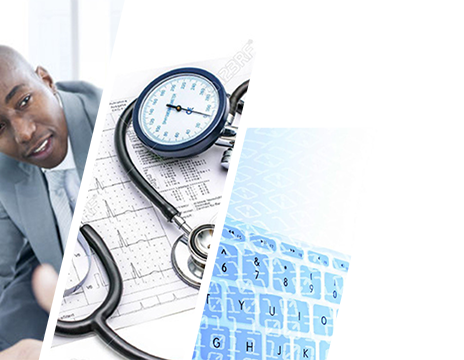

Medical Emergencies dial 999
Out of Hours: dial 111


Medical Emergencies dial 999
Out of Hours: dial 111
A fracture is a break, usually in a bone. If the broken bone punctures the skin, it is called an open or compound fracture. Fractures commonly occur due to high force impact or stress, but they can also be a result of certain medical conditions that weaken the bones, such as osteoporosis.
When to Seek Medical Help
Consulting with a healthcare professional for a proper diagnosis and comprehensive treatment plan is essential for effectively managing fractures.
Hull Royal Infirmary hosts an Accident & Emergency Department and an Urgent Treatment Centre, both of which can deal with fractures
 HULL ROYAL INFIRMARY URGENT TREATMENT CENTRE
HULL ROYAL INFIRMARY URGENT TREATMENT CENTRE